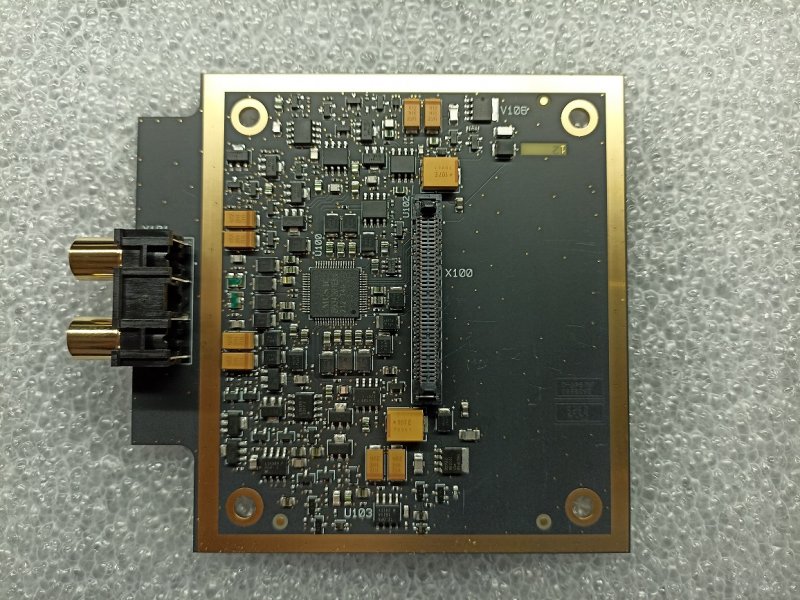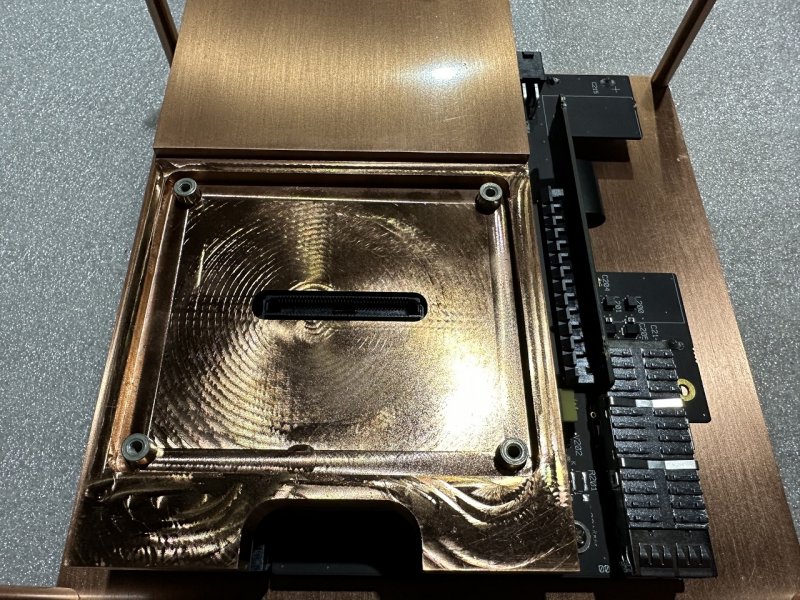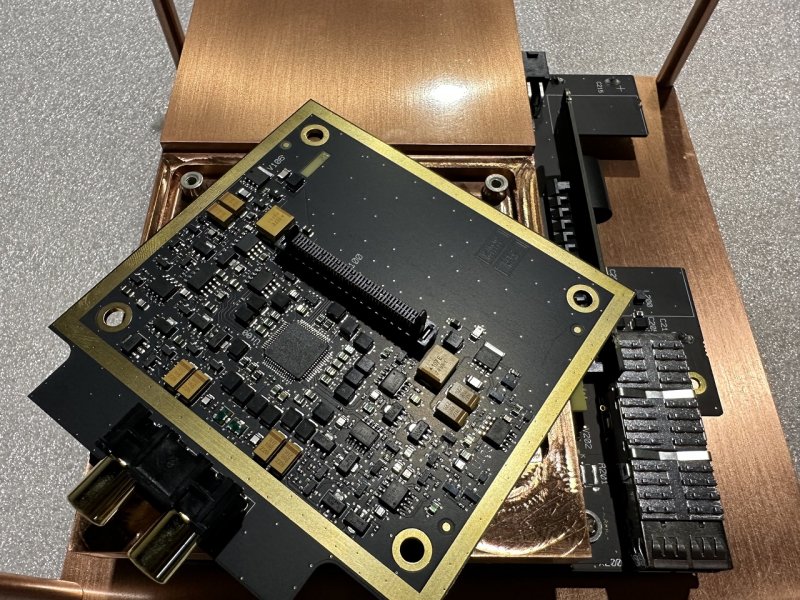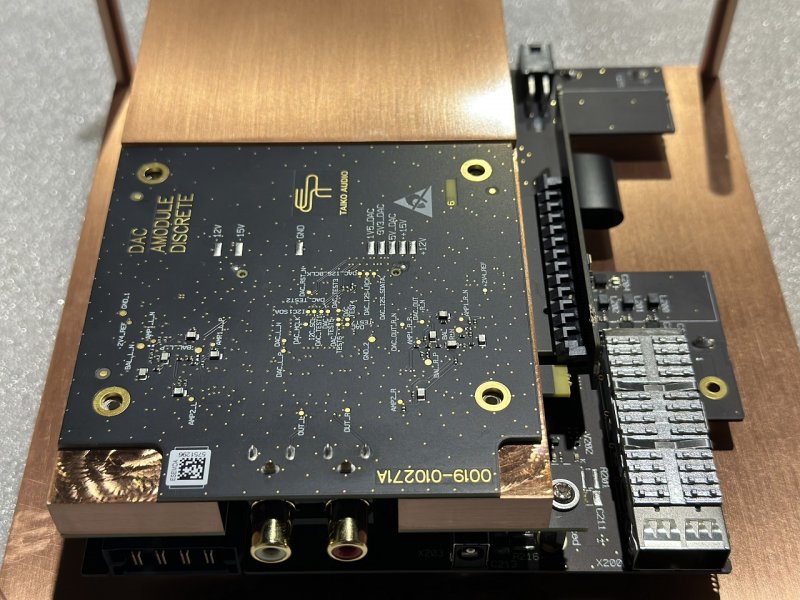I'm one of those retirement age plus audiophiles but my strong hope is that XDMI/direct analog is good enough that I can enjoy my music and move some of the (heavy!) boxes to some else's home after I compare Olympus/XDMI/direct analog to my current dCS Vivaldi APEX DAC/Upsampler/Clock and external master clock.
If not, then the DAC stays and I (im)patiently wait for an XDMI daughter card with dual AES/EBU outputs, as well as further developments of the XDMI direct analogue daughter card (balanced outputs, further refinements to the direct analog's analog stage, and whatever else Emile and his design team pull out of their hats). Given dCS generally conservative speed in introducing new innovations I'm not sure I'll ever hear music from an end-to-end XDMI digital pipeline into a dCS DAC, but never say never.
I am further encouraged that Taiko development is planned to be ongoing on both digital and analog XDMI and not just a one and done effort. Much as I love my big system I foresee there will be a time when the rest of those big boxes will have to go. So I am very happy to read about the possibilities for headphone listening, further digital expansion, and in general doing more with one or two boxes rather than having to worship music at a shrine to audiophilia that takes up one end of a large room.
My wife is looking forward to that day, sooner rather than later. . .
Steve Z
If not, then the DAC stays and I (im)patiently wait for an XDMI daughter card with dual AES/EBU outputs, as well as further developments of the XDMI direct analogue daughter card (balanced outputs, further refinements to the direct analog's analog stage, and whatever else Emile and his design team pull out of their hats). Given dCS generally conservative speed in introducing new innovations I'm not sure I'll ever hear music from an end-to-end XDMI digital pipeline into a dCS DAC, but never say never.
I am further encouraged that Taiko development is planned to be ongoing on both digital and analog XDMI and not just a one and done effort. Much as I love my big system I foresee there will be a time when the rest of those big boxes will have to go. So I am very happy to read about the possibilities for headphone listening, further digital expansion, and in general doing more with one or two boxes rather than having to worship music at a shrine to audiophilia that takes up one end of a large room.
My wife is looking forward to that day, sooner rather than later. . .
Steve Z






